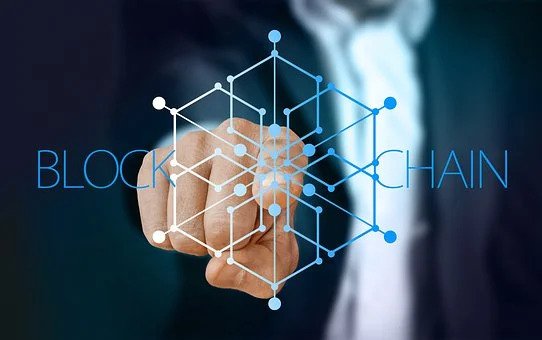Recall that the EOS blockchain was launched in June 2018. In terms of success and controversy, the project has swerved both ways.
The project had backtracked recently where Yves La Rose, its CEO expressed his dissatisfaction calling it a “Failure.”
The change is expected as Daniel Larimer describes it. The Co-Founder of Block.one believes the change makes several things better. Users and investors are happy about the development and are finding great positions to take advantage.
EOSIO Code Hard Fork
The network intends to update in 2022, during which the EOSIO code source will be forked into a new codebase. The team dubbed the latter “Mandel ”, shortened from Mandelbrot; They will choose a more permanent moniker after common understanding among all EOSIO-powered blockchains.
Larimer asserts the upgrade ends EOS’s symbolic dependence on Block.one. The top official thinks the software will run the network independently without directly involving Block.one.
The community had earlier chosen a new set of leaders to push the network forward. They also froze 70M tokens from Block.one to show commitment towards the new project. The commitment put to action means that the organization is charting a new course by breaking away from the shadows of Block.one. Mandel 3.0 will be the starting point for the new codebase.
The team will fuel the change on ESO 2.0. Although, they think subsequent releases will mirror the new values of the strategic change. Users should expect the change from EOSIO 2.2.
New Hard Fork Features Introduced
The new upgrade or hard fork will bring cool features such as contract payments and a personalized limit for WASM. The hard fork also brings more blockchain platforms that will be customized.
The first innovation increases the size of deployable smart contracts, allowing for the deployment of larger, more powerful contracts.” This feature is reversible, meaning it can be enhanced in the event of a necessity or decreased in the event of an attack.
Users receive compensation by transacting EOS alone. This way, users skip the part where they set up an account and pay setup fees. Developers think the new upgrade encourages privacy tokens, thereby protecting the privacy of users in the system.
Finally, the third development simplifies the process through which developers can change the EOS Mainnet. To allow block producers running EOSIO 2.1 to benefit from this improvement, developers will issue a Mandel 2.3 version developed from EOSIO 2.1. This will include the Mandel 3.0 hard forks and will facilitate the migration of EOSIO 2.1 nodes to Mandel.
The update will take place next year, between January 31 and May 19, 2022. This report was recorded in “Mandel’s EOSIO takeover.” The report is a comprehensive plan that charts the roadmap for EROSION takeover next year.
Mandel’s testnet will be available in February, followed by the final version in March.
The EOS Network Foundation has secured a funding arrangement with the Clarion’s developer team (subject to block producer clearance).
Positive Indication For The Future
Following the delivery of Mandel 3.0 Release Candidate on January 31, 2022, the Foundation will pay 200,000 EOS tokens.As with most other cryptocurrencies, EOS has not recovered from a multi-week market downturn.
At the time of publication, it was trading at $3.25, down 0.5 percent on the day. It is unknown what additional effects the recent network development will have on EOS.
